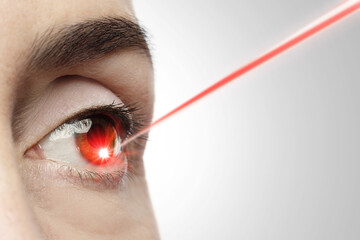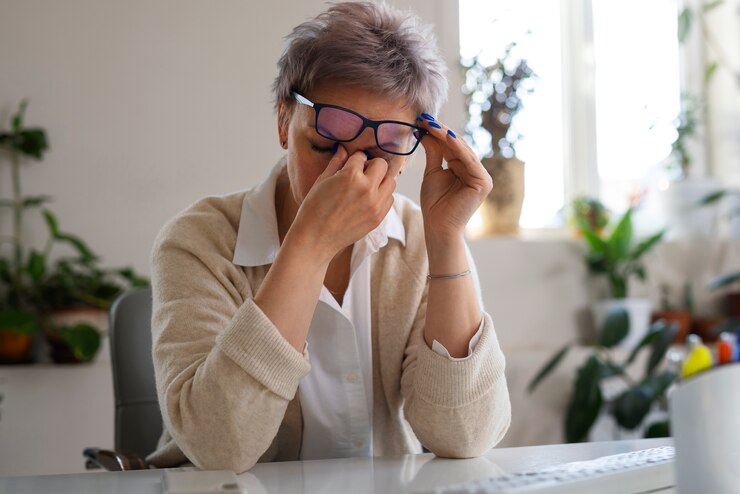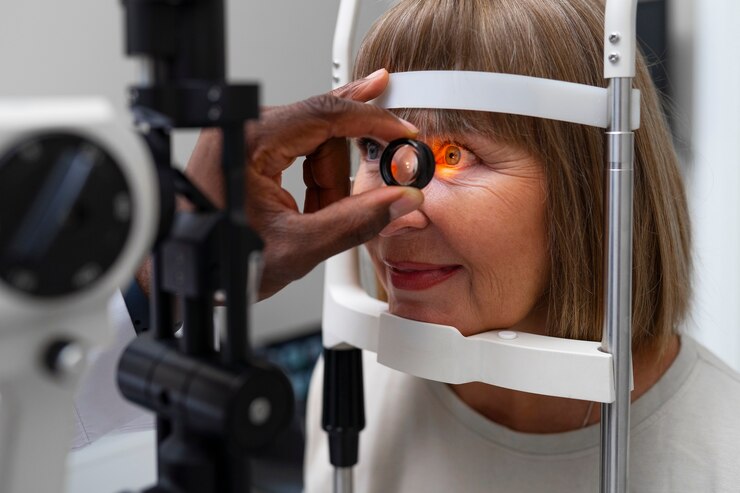Why LASIK Remains the Best Choice for Vision Correction Surgery
April 25, 2024
Have Any Questions?
Please contact us, if you have any queries
Categories
In a world where precision and clarity are paramount, having perfect vision can be a game-changer. For those seeking a permanent solution to vision problems, LASIK (Laser-Assisted In Situ Keratomileusis) stands out as the gold standard for vision correction surgery. With its proven track record and numerous benefits, LASIK continues to be the preferred choice for individuals looking to bid farewell to glasses and contact lenses.
Precision and Accuracy
LASIK surgery is renowned for its unparalleled precision and accuracy. The procedure involves using advanced laser technology to reshape the cornea, correcting refractive errors such as near-sightedness, farsightedness, and astigmatism. The computer-guided laser ensures a level of accuracy that surpasses traditional methods, providing patients with sharper and clearer vision.
Quick and Painless Procedure:
One of the key advantages of LASIK is its speed and minimal discomfort. The entire procedure typically takes only a few minutes per eye, and the majority of patients experience little to no pain during or after the surgery. This quick turnaround allows individuals to resume their normal activities shortly after the procedure, with most noticing improved vision almost immediately.
Rapid Recovery:
LASIK boasts a remarkably swift recovery period. Unlike other vision correction surgeries that may require extended healing time, LASIK patients often notice improved vision within 24 hours. The majority of individuals can return to work and daily activities within a day or two, making it a convenient choice for those with busy schedules.
Reduced Dependence on Glasses and Contacts
One of the primary reasons individuals opt for LASIK is the significant reduction in dependence on glasses and contact lenses. Many LASIK patients achieve 20/20 vision or better, allowing them to enjoy life without the hassle of constantly reaching for corrective eyewear. This newfound freedom is particularly liberating for those who enjoy sports, outdoor activities, or simply want to wake up to clear vision every morning.
Long-Term Cost Savings:
While the initial cost of LASIK surgery may seem like an investment, it’s essential to consider the long-term savings. The recurring expenses associated with glasses, contact lenses, and prescription updates can accumulate over time. LASIK offers a cost-effective solution that pays off in the years to come, providing both financial and lifestyle benefits.
Advancements in Technology:
LASIK continues to evolve with advancements in technology, ensuring even safer and more effective procedures. State-of-the-art equipment and techniques have elevated LASIK to unprecedented levels of precision and safety, making it a trustworthy choice for vision correction.
Including Contoura Vision:
In addition to traditional LASIK, another groundbreaking advancement in vision correction surgery is Contoura Vision. This innovative technique utilizes advanced mapping technology to create a personalized treatment plan, resulting in superior visual outcomes and reduced risk of side effects compared to traditional LASIK.
Conclusion:
In the realm of vision correction surgery, LASIK stands as a beacon of hope for those seeking clarity and freedom from glasses and contacts. Its precision, quick recovery, and long-term benefits make it the best choice for many individuals looking to enhance their quality of life through improved vision.
Remember, if you’re considering LASIK or Contoura Vision, consult with a reputable eye care professional to determine if you are a suitable candidate for the procedure. The decision to undergo vision correction surgery is a personal one and a thorough evaluation by an experienced eye surgeon is crucial.
Dr. Rani Menon Maxivision Eye Hospital
When it comes to LASIK surgery, choosing a skilled and experienced surgeon is paramount. Dr. Rani Menon Maxivision Eye Hospital, located in Thrissur, is a trusted expert in the field, committed to providing patients with the highest standard of eye care. With a reputation for excellence and a dedication to patient satisfaction, Dr. Rani Menon and the team are here to guide you toward a clearer, brighter future. Additionally, Dr. Rani Menon Maxivision Eye Hospital in Thrissur has launched Contoura Vision, further enhancing its commitment to offering cutting-edge vision correction solutions.
















